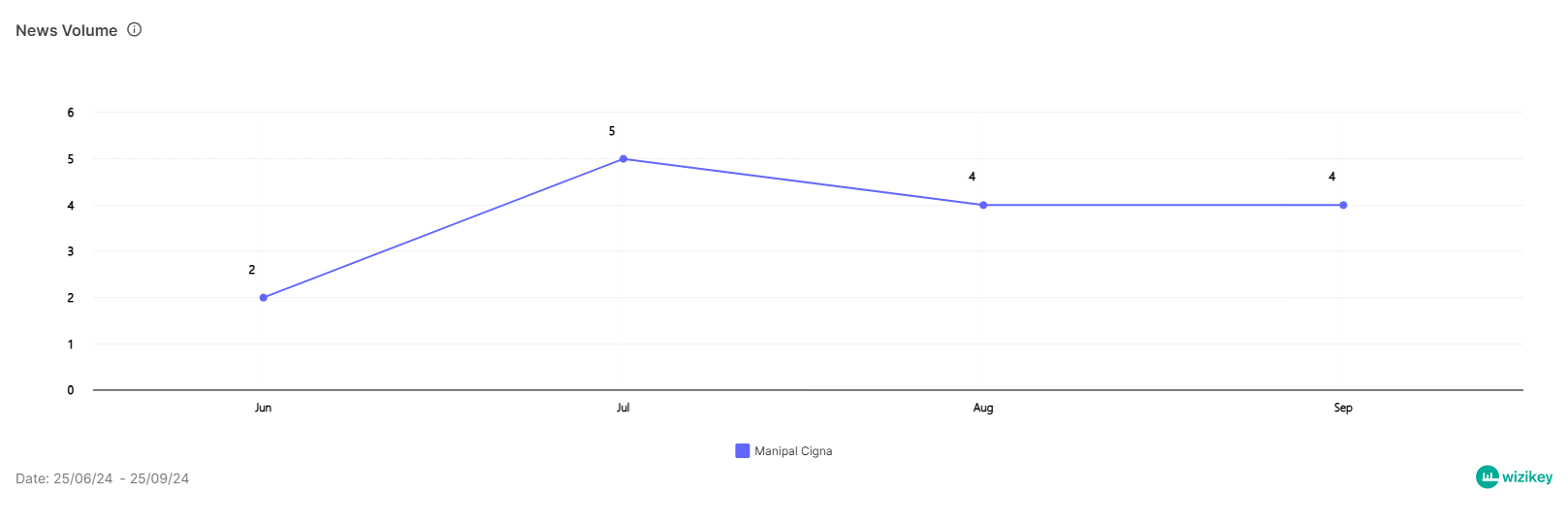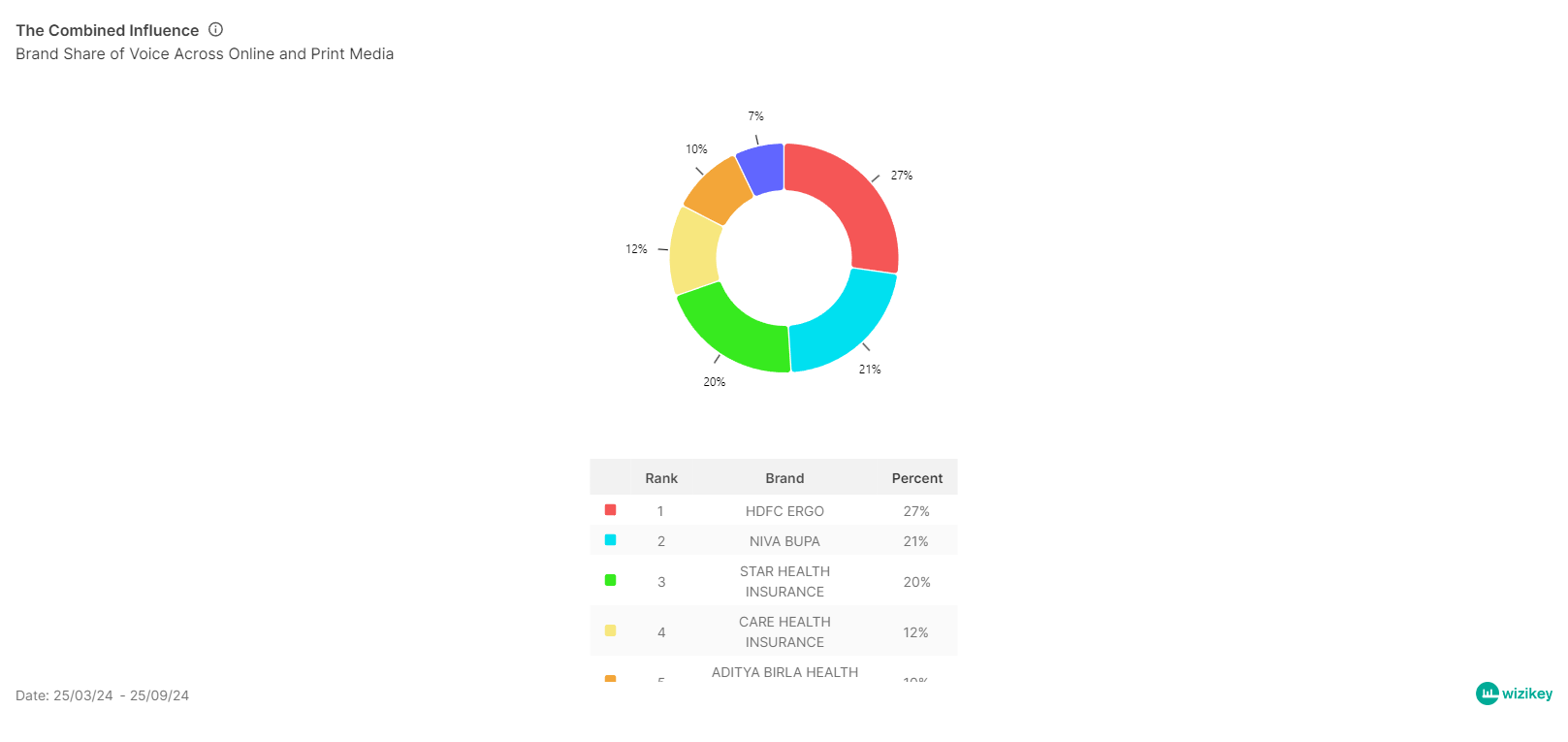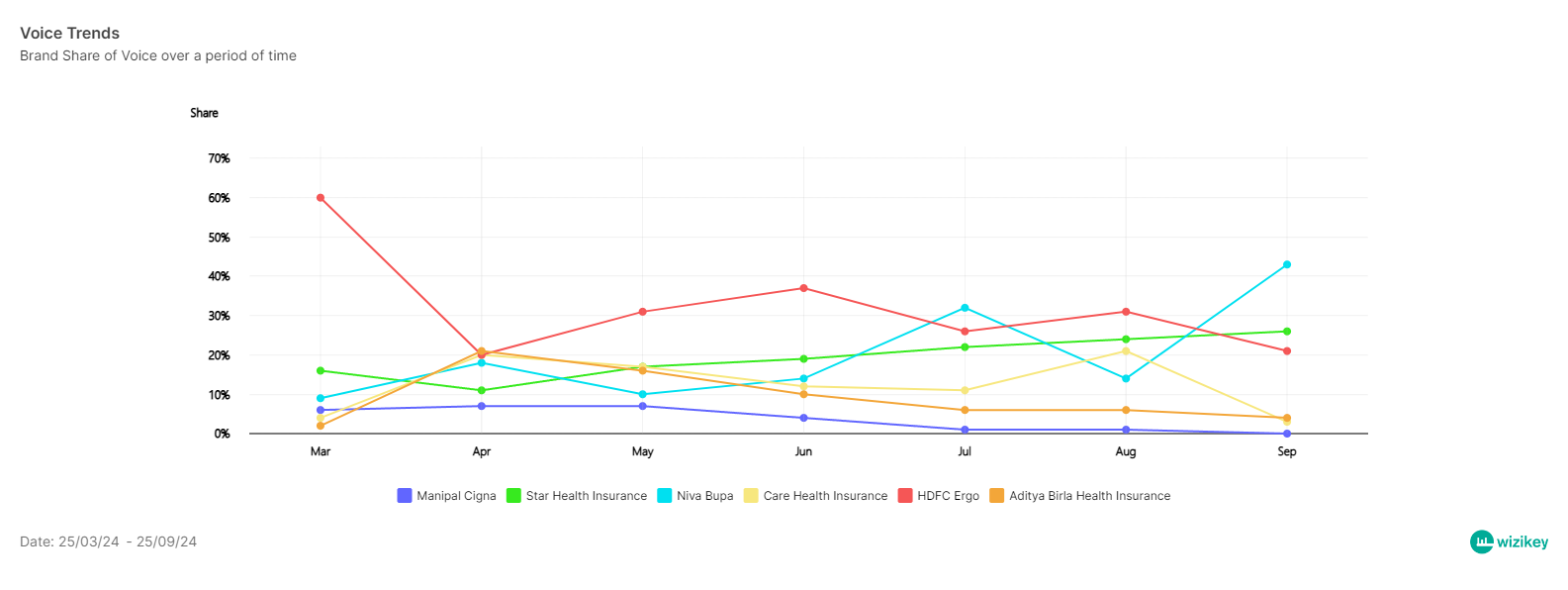In today’s fast-paced digital landscape, public relations (PR) professionals face unprecedented challenges in managing brand perception and reputation. With the proliferation of social media and online platforms, public opinion can shift rapidly, making it crucial for PR teams to stay ahead of the curve. Sentiment analysis has become indispensable in modern PR strategies, shaping the future of the industry. That’s why software platforms like Wizikey, Meltwater, and Prowly are investing heavily in their AI capabilities to offer sentiment analysis on news coverage.
What is Sentiment Analysis?

Sentiment analysis, also known as opinion mining, is a technique that uses natural language processing (NLP) and machine learning to identify, extract, and analyze subjective information from text data. In the context of PR, this involves analyzing public opinions, attitudes, and emotions expressed about a brand, product, or campaign across various platforms, including:
- Social media posts
- News articles
- Online forums
- Customer reviews
- Blogs and websites
By leveraging sentiment analysis, PR professionals can gain valuable insights into how their target audience perceives their brand, enabling them to craft more effective strategies and respond swiftly to potential crises thanks to smart alerts Wizikey’s Negative Mentions Alert.
The Role of Sentiment Analysis in PR Campaigns
1. Real-time Monitoring and Crisis Management

One of the most significant advantages of sentiment analysis in PR is its ability to provide real-time insights into public opinion. This is particularly crucial during:
- Product launches
- Marketing campaigns
- Crisis situations
For example, tools like Wizikey offer AI-driven sentiment analysis features that allow PR teams to track brand sentiment in comparison to competitors. This real-time monitoring enables PR professionals to:
- Identify potential issues before they escalate
- Respond quickly to negative sentiment
- Capitalize on positive trends
2. Quantifying Qualitative Data

Sentiment analysis transforms qualitative data (opinions and emotions) into quantitative metrics. By assigning numerical values to sentiments (positive, negative, or neutral), PR teams can:
- Track changes in public perception over time
- Measure the impact of PR campaigns more accurately
- Calculate the return on investment (ROI) of PR initiatives
This data-driven approach allows for a more precise evaluation of PR efforts and helps in justifying PR budgets to stakeholders.
3. Identifying Trends and Opportunities

By analyzing large volumes of data across various platforms, sentiment analysis helps PR professionals identify:
- Emerging trends in public opinion
- Potential opportunities for brand positioning
- Gaps in Competitor Strategies
This information is invaluable for developing proactive PR strategies and staying ahead of market trends.
4. Tailoring Messaging for Maximum Impact

Understanding public sentiment enables PR teams to craft messages that resonate with their target audience. By aligning communication with audience feelings and expectations, PR campaigns can achieve:
- Higher engagement rates
- Improved brand perception
- More effective crisis management
The Impact of Sentiment Analysis on PR Strategies
1. Enhanced Crisis Management
In today’s digital age, a PR crisis can escalate within hours. Sentiment analysis serves as an early warning system, allowing PR teams to:
- Detect negative sentiment spikes quickly
- Identify the source and nature of the issue
- Formulate and implement rapid response strategies
By leveraging sentiment analysis, PR professionals can mitigate potential damage to brand reputation and turn crises into opportunities for positive engagement.
2. Proactive Brand Reputation Management
Continuous monitoring of brand sentiment across various platforms helps maintain a positive brand image. PR teams can:
- Track reputation over time
- Identify factors influencing brand perception
- Make data-driven decisions to improve brand image
This proactive approach to reputation management can prevent minor issues from escalating into full-blown crises.
3. Competitive Analysis and Market Positioning
Sentiment analysis isn’t just about monitoring your own brand – it’s also a powerful tool for analyzing competitors. PR teams can:
- Compare brand sentiment against competitors
- Identify strengths and weaknesses in competitor strategies
- Refine positioning and messaging to capitalize on market opportunities
This competitive intelligence enables PR professionals to develop more effective strategies for differentiating their brands in the marketplace. Wizikey’s media monitoring tools provide a wide range of features to deliver comprehensive competitor analysis.
By leveraging sentiment analysis for influencer identification, PR campaigns can achieve greater reach and impact.
Implementing Sentiment Analysis in PR Campaigns: Best Practices
To harness the full potential of sentiment analysis in your PR campaigns, consider the following best practices:
1. Choose the Right Tools

Selecting the appropriate sentiment analysis tool is crucial for success. Popular options include:
When choosing a tool, consider factors such as:
- Integration with the existing PR tech stack
- Accuracy of sentiment analysis algorithms
- Customization options for your specific industry or brand
2. Define Clear Objectives

Before implementing sentiment analysis, establish clear goals for what you want to achieve. This might include:
- Improving crisis response times
- Measuring campaign effectiveness
- Tracking long-term brand health
Having clear objectives will help you focus your efforts and measure success more effectively.
3. Identify Relevant Data Sources

Determine which platforms and data sources are most relevant to your brand and audience. This may include
- Social media platforms (Twitter, Facebook, Instagram, LinkedIn)
- News websites and online publications
Focusing on the most relevant sources will ensure you’re getting actionable insights from your sentiment analysis efforts.
4. Establish Benchmarks and KPIs

Set up baseline sentiment metrics to measure progress and identify significant shifts in public opinion. Key performance indicators (KPIs) might include:
- Overall sentiment score
- Trends over time
- Sentiment distribution (positive, negative, neutral)
- Sentiment by topic or keyword
Regular monitoring of these KPIs will help you track the effectiveness of your PR campaigns and identify areas for improvement. Wizikey’s News Score offers one such measure of success for PR and Comms professionals alike.
5. Integrate with Other PR Metrics
For a comprehensive view of campaign performance, combine sentiment analysis data with other PR metrics such as:
- Share of voice
- Media Mentions
- Engagement rates
- Website Traffic
This holistic approach will provide a more accurate picture of your PR efforts’ impact on overall brand perception and business goals.
6. Train Your Team
Ensure your PR team understands how to interpret and act on sentiment analysis data effectively. This may involve:
- Providing training on sentiment analysis tools and techniques
- Developing guidelines for responding to different sentiment scenarios
- Encouraging data-driven decision-making in PR strategies
A well-trained team will be better equipped to leverage sentiment analysis insights for more effective PR campaigns.
Challenges and Considerations in Sentiment Analysis for PR
While sentiment analysis offers numerous benefits, it’s important to be aware of potential challenges:
1. Context and Nuance
AI-driven sentiment analysis may struggle with:
- Sarcasm and irony
- Cultural references and idioms
- Industry-specific jargon
Human oversight is often necessary to ensure accurate interpretation of sentiment data.
2. Data Quality and Relevance
The accuracy of sentiment analysis depends on the quality and relevance of the data being analyzed. PR teams should:
- Regularly review and refine data sources
- Implement filters to exclude irrelevant or spam content
- Consider the demographic representation of the data set
3. Privacy Concerns
When collecting and analyzing public opinions, be mindful of data privacy regulations such as GDPR and CCPA. Ensure your sentiment analysis practices comply with relevant laws and ethical standards.
4. Bias in Data and Algorithms
Be aware of potential biases in your data sources or analysis methods that could skew results. This might include:
- Demographic biases in social media usage
- Algorithmic biases in sentiment classification
- Cultural biases in language interpretation
Regularly audit your sentiment analysis processes to identify and mitigate potential biases.
The Future of Sentiment Analysis in PR
As AI and machine learning technologies continue to advance, the capabilities of sentiment analysis are expanding. Future developments may include:
- More accurate detection of complex emotions and attitudes
- Better understanding of context and cultural nuances
- Integration with predictive analytics for proactive PR strategies
- Real-time sentiment analysis of video and audio content
PR professionals who stay ahead of these trends will be well-positioned to leverage sentiment analysis for increasingly sophisticated and effective campaigns.
In an era where public opinion can make or break a brand, sentiment analysis has become an indispensable tool for PR professionals. By providing real-time insights into public perception, it enables more agile, data-driven, and effective PR campaigns. The benefits of incorporating sentiment analysis into your PR strategy include:
- Enhanced crisis management capabilities
- More accurate measurement of campaign effectiveness
- Improved brand reputation management
- Better-targeted messaging and content creation
- More effective influencer and media relations
As technology continues to evolve, its role in shaping PR strategies is only set to grow, making it a crucial skill for PR practitioners to master. By embracing sentiment analysis, PR teams can stay ahead of the curve, manage reputations more effectively, and craft campaigns that truly resonate with their target audiences.
In the dynamic world of public relations, sentiment analysis is not just a tool—it’s a game-changer. PR professionals who harness its power will be better equipped to navigate the complexities of modern brand management and drive meaningful results for their organizations.
Are you ready to revolutionize your PR campaigns with sentiment analysis? Start exploring the tools and techniques discussed in this guide, and take your first steps towards more data-driven, impactful PR strategies. The future of PR is here – and it’s powered by sentiment analysis.

